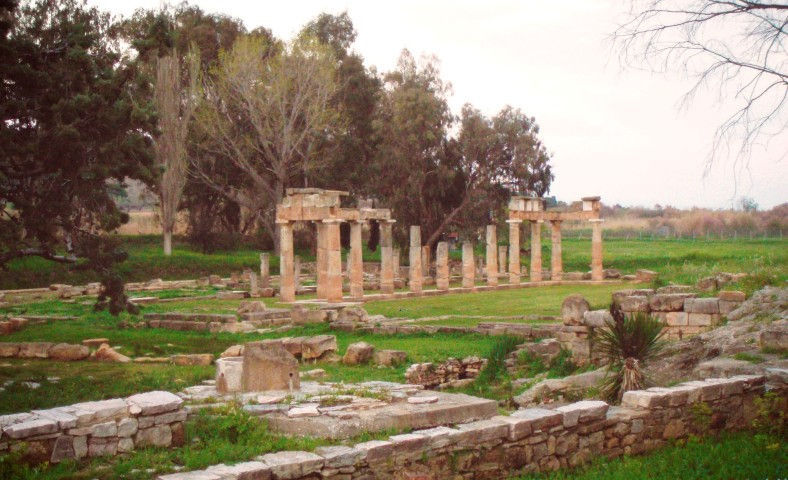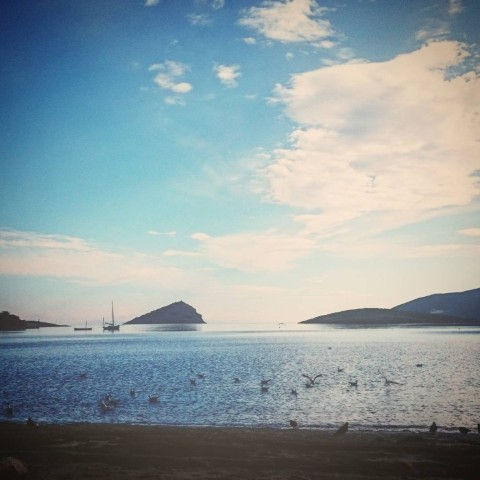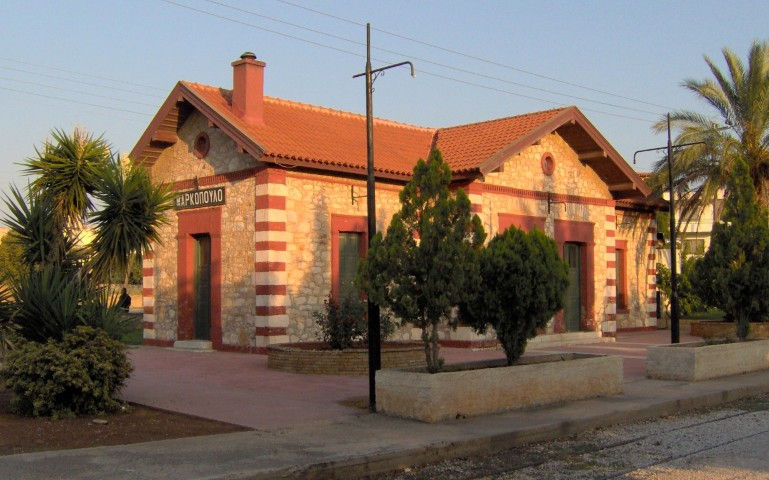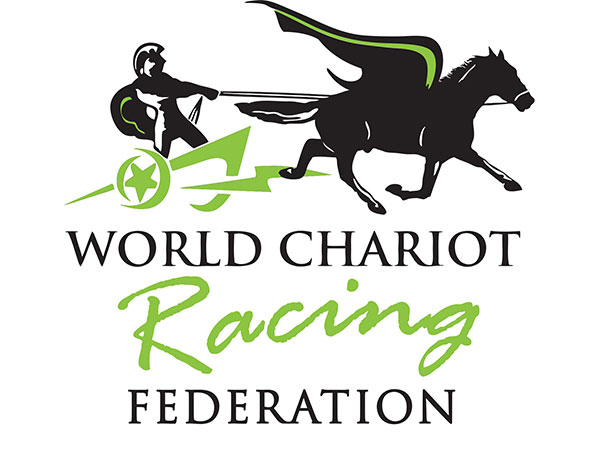Countdown to the event
Area Information
MARKOPOULO
We welcome you to the City of Markopoulo and the Olympic Equestrian Center, the “home” of the Hellenic Equestrian Federation.
The Markopoulo region has had continuous human activity and establishments from the Stone Age to modern times. It has been a centre of history, civilization and trade.
The City of Markopoulo is situated in the plain of Mesogeia to the east of Athens and is part of the greater Metropolitan Athens area. It has a total area of 85,000 acres and a permanent population of 20,040 inhabitants. The City of Markopoulo is privileged to consist of two semi-urban centres, Markopoulo town in the mainland and Porto Rafti on the seaside, and offers a diverse natural environment of sea, mountain, plain and forest areas. It is a fast developing area and offers a variety of hotels, restaurants and activities.
The City of Markopoulo was the host town for two Olympic Disciplines during the Olympic Games Athens 2004, the equestrian sports and shooting. The respective facilities, i.e. the Olympic Equestrian Center and the Olympic Shooting Center continue to be in use for their initial sport purposes.
The City of Markopoulo is easily accessed by the Athens Suburban Train and by the Attica Odos motorway and is only 32 km (30 minutes) away from Athens and its touristic attractions, 9km (10 minutes) from the Athens International Airport "Eleftherios Venizelos", 45km (45 minutes) from the Port of Piraeus, app. 25km (25 minutes) from the Ports of Lavrio and Rafina respectively, and only a few km away from some of the most beautiful beaches and other touristic attractions of Attica.
USEFUL INFORMATION
-
Archaeological Sites

In the northern part of the Municipality, we find the area of Vravrona, with one of the oldest and most venerable sanctuaries: the Temple of Artemis. There they worshiped Brevronia Artemis and Iphigenia, who were the protectors of the fertility and prosperity of women. In the sanctuary area, restored sections of a gallery, remains of the temple, as well as other architectural remains are preserved.
Near the Temple (350 m), we can visit the fully renovated Archeological Museum of Vravrona, one of the most important in Attica. It exhibits finds of Vravrona and other settlements and cemeteries in Attica, from Porto Rafti, Merenda, Perati and Anavissos. It includes finds from the prehistoric settlement of Vravrona and the wider area of Mesogeion. The exhibition area consists of five halls: Sculptures, Ceramics and Miniature, figurines, Meredeta Hall and Anavyssos Hall.
-
Environment

The area of Vravrona, however, also has enormous ecological value. In a fertile plain, flowing from the Erainos torrent, the Vravrona Wetland, is one of the most important wildlife shelters in Attica, hosting 185 species of birds! The site has been included in the European Network NATURA 2000 as a Site of Community Interest (SCI) under the name "Vravrona-Coastal Marine Zone" and code GR3000004. The Municipality of Markopoulo, in cooperation with the Hellenic Ornithological Society, has installed information and signaling points in the wetland and organizes regular educational programs, information and guided tours for schools as well as for residents and visitors.
-
Religious Sites

Most of the Byzantine monuments in Mesogia meet in the administrative district of the Municipality of Markopoulo, according to the Institute of Byzantine Research. The most important are the Medieval Tower of Vrana, the Tower of Liad, the Medieval Tower of Dagla.
In the property area of the Municipality of Markopoulo, there are also 29 Early Christian, Byzantine and Modern Churches and Chapels from the 6th to the 19th century. This number does not include those built in the 20th century, nor those that are part of the Old Calendarists. To date, twenty (20) of them have survived and operated. Preserved monuments were proclaimed churches: George in Kadi, Dimitrios in Dagla, the Assumption of the Virgin Mary (cemetery), the Virgin Mary in Vraοna, the Virgin Mary in Merenda, Friday and Ag. Themis in Markopoulo square, Prophet Elias, Agia Triada, Agios Thomas, Ag. Marina (P. Rafti), Ag. Dimitrios at the Vraοna, as well as all the Byzantine ruins of the area.
-
Food & Clubbing

Along with the competitions, we invite you to visit the distinguished Wineries of the city, where you can taste our award-winning Markopoulo wines and enjoy unique derivatives, authentic grape products, such as the famous “Moustokouloura”! After your tour of History and Culture, with the dozens of ancient and Byzantine monuments in the area, you can still enjoy the crystal clear waters of the Municipal Beach of Avlaki, Erotospilia, Chamolia, St. Spyridon and then, indulge in the idyllic breeze of Porto Rafti bay, tasting special fishermen and ouzo in one of the dozens of picturesque seaside taverns. For the lovers of nightlife, the view of the endless blue will make you forget that you are just half an hour from the Athenian center, at one of Porto Rafti's seaside bars and nightclubs.
-
More Sites

Aeromylos, located on the eastern boundary of Markopoulo's town, is the first mill in which the old inhabitants of Markopoulo grinded their cereals. It was not known when it was built, but evidence shows that it was in operation in 1870. In the 1980s, the then Municipal Council secured the aeromilο's "carcass" and in 2000 the Municipality restored the Air Mill to its first form, intervening in the surrounding area, accepting a donation from Pericles Embirikos.
Markopoulo Railway Station is one of the largest and most beautiful railway stations in Attica. It was built in the 19th century by the company "Railways of Attica", founded in 1882, in order to serve Lavrion Mines. A keeper of the warehousing facilities, was the winner of the Marathon of 1896, Spyros Louis, for a few years, around 1912. Markopoulo Rail Station was closed in 1957, when the Athens-Laurel railway line was stopped.
The Municipality of Markopoulo is also particularly proud of its Philharmonic, which counts 81 years of operation this year! Founded as a Society in 1938, and since then an integral part of cultural life in Markopoulo, giving the grandeur that fits into the main events of the city, presenting at the same time concerts with a distinct aesthetic and special musical themes. It also carries out important educational work, with the departments of wind and percussion instructors, where hundreds of students have studied.






















